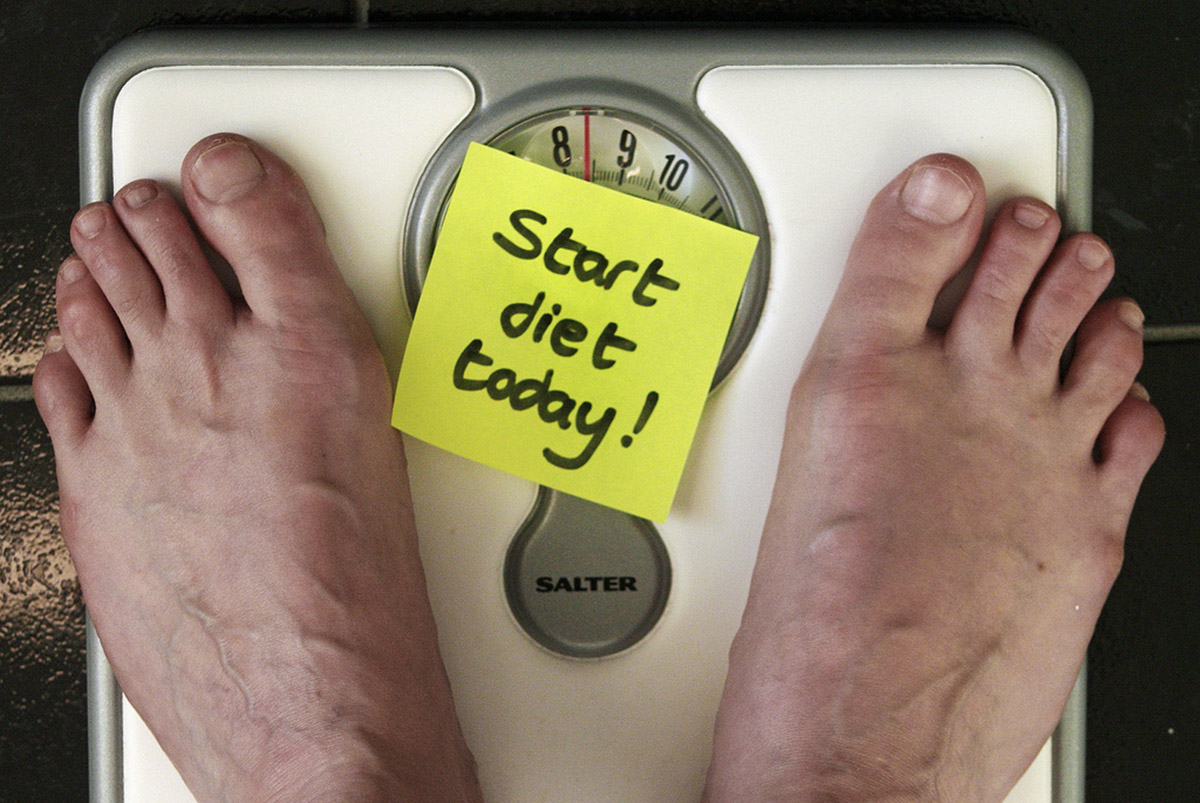Table of Contents
How do we know that antibiotics cause weight gain? Actually we have billions of examples. American farmers have been giving their cows, pigs, chickens, and turkeys antibiotics for decades to encourage them to gain weight. If antibiotics didn't work for adding weight, farmers would not have been buying them for 50 years.
But how do we know antibiotics cause weight gain in humans?
A study involving 164,000 children in Pennsylvania that was reported in October of 2015 in the International Journal of Obesity concluded that repeated antibiotic use in childhood was linked to greater weight in adolescence, and that children who are treated with antibiotics could have weight issues for the rest of their lives.

By age 15, teens who had received antibiotics seven times or more in their preteen years weighed on average 3 pounds more than their peers who had not been treated with antibiotics. Dr. Brian Schwartz, a professor at the Johns Hopkins Bloomberg School of Public Health and a lead investigator for the study commented that "Our data suggest that every time we give an antibiotic to kids they gain weight faster over time." Repeated use of antibiotics changes the balance of bacteria in the digestive tract, which changes the way food is broken down, which changes the number of calories available to the human body.
All of this does not mean, however, that once you have been treated with antibiotics you are doomed to a life of easy weight gain.
Also in 2015 another study reported that giving obese participants in a clinical trial two daily doses of Lactobacillus curvatus HY7601 and Lactobacillus plantarum KY1032:
- Reduced body fat, and
- Reduced waist circumference,
- Without decreasing food intake and
- Without increasing exercise.
Supplementing with these two good bacteria did not result in significant weight loss, but it improved triglyceride and LDL levels (reducing the amount of the smaller LDL particles associated with coronary artery disease) in the diabetic subjects in the trial. It is possible to reduce body fat without reducing weight, of course, by increasing muscle mass, although the study did not report changes in muscle mass in the test subjects, good or bad.
Lactobacillus plantarum is a common ingredient in many probiotic formulas. It may be that the benefits of Lactobacillus bacteria for metabolic health are limited to the exact strains used in the study, but it is likely that other forms of Lactobacillus plantarum and Lactobacillus curvatus will have a similar beneficial effect.
READ The Truth About Water Weight
How do you feed your helpful gut bacteria so that they help you normalize your weight?
The key ingredient in any gut bacteria diet is resistant starch carbs. Many dieters avoid carbohydrates, thinking they are unhealthy for the human body. Helpful gut bacteria, however, need resistant starch, the kind of starch that doesn't break down easily into sugar, as their primary food source. One of the best sources of resistant starch is potato starch, used in Europe the same way that corn starch is used in North America. Boiling (not roasting, baking, or frying) white potatoes creates the resistant starch that feeds good bacteria without raising blood sugar levels. Boiling white (but not brown) rice also creates resistant starch. Taking a Lactobacillus plantarum supplement and making sure to get at least one serving of boiled white potatoes or boiled white rice per day is a good start toward restoring bacterial balance so it is easier for you to lose weight.
- Ahn HY, Kim M, Chae JS, Ahn YT, Sim JH, Choi ID, Lee SH, Lee JH. Supplementation with two probiotic strains, Lactobacillus curvatus HY7601 and Lactobacillus plantarum KY1032, reduces fasting triglycerides and enhances apolipoprotein A-V levels in non-diabetic subjects with hypertriglyceridemia. Atherosclerosis. 2015 Aug.241(2):649-56. doi: 10.1016/j.atherosclerosis.2015.06.030. Epub 2015 Jun 18. PMID: 26117402.
- Bell DS. Changes seen in gut bacteria content and distribution with obesity: causation or association? Postgrad Med. 2015 Nov.127(8):863-8. doi: 10.1080/00325481.2015.1098519. Epub 2015 Oct 16.
- Photo courtesy of alancleaver: www.flickr.com/photos/alancleaver/4222532649/
- Photo courtesy of alancleaver: www.flickr.com/photos/alancleaver/4222533261/
- Photo courtesy of alancleaver: www.flickr.com/photos/alancleaver/4222533261/


Your thoughts on this